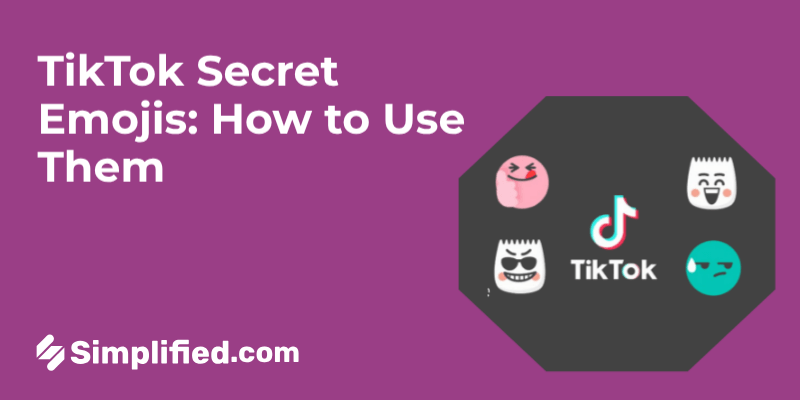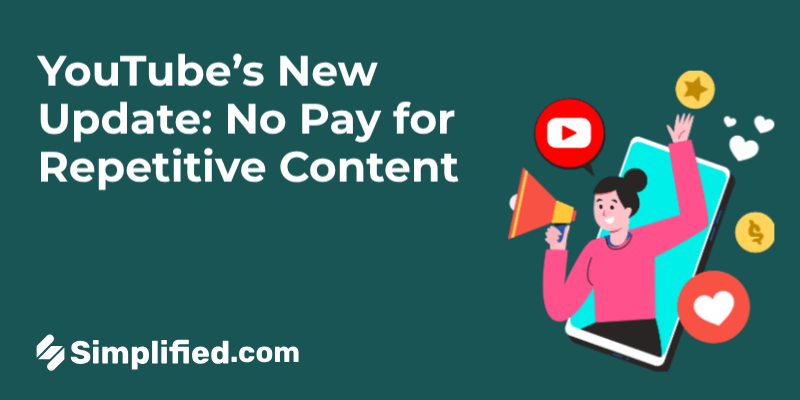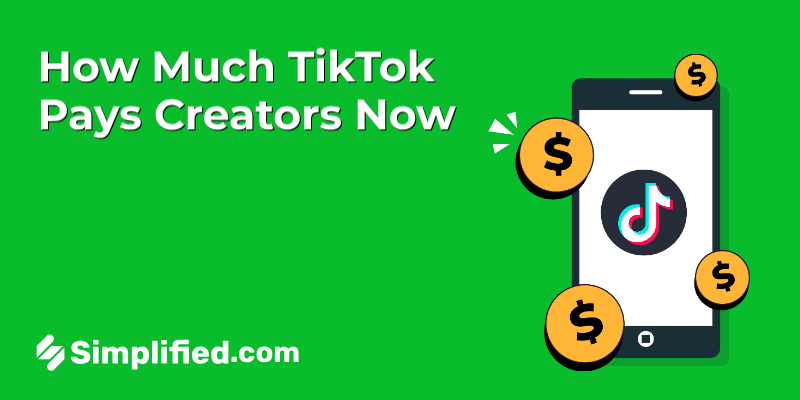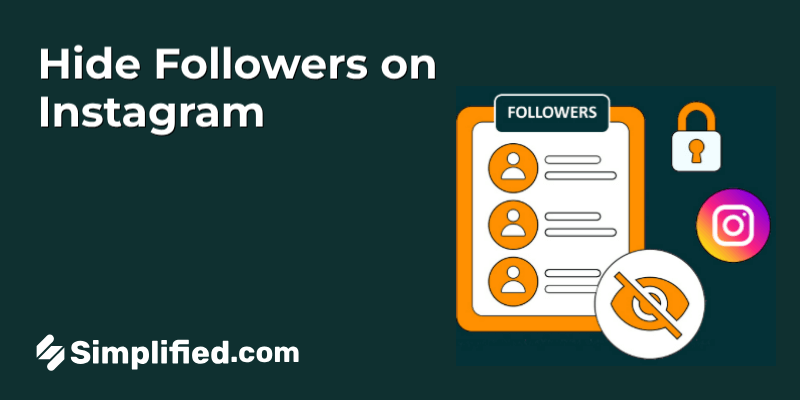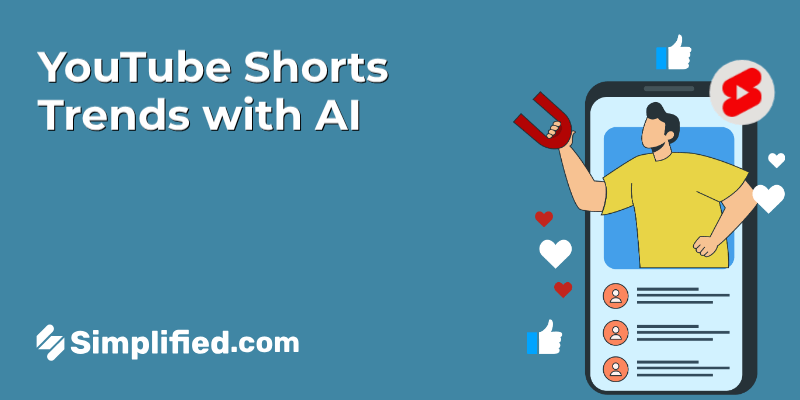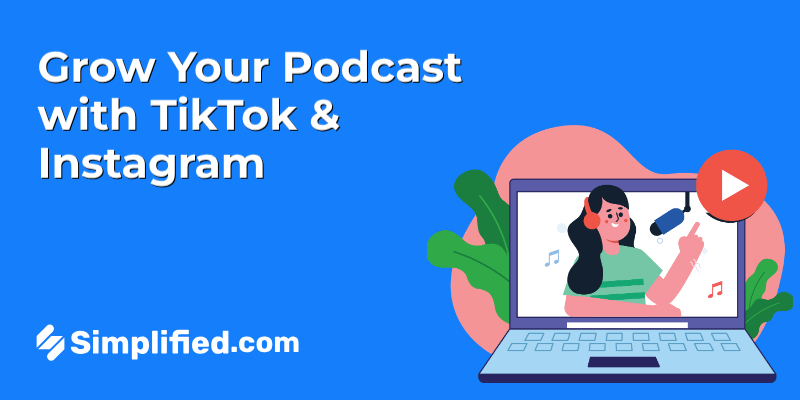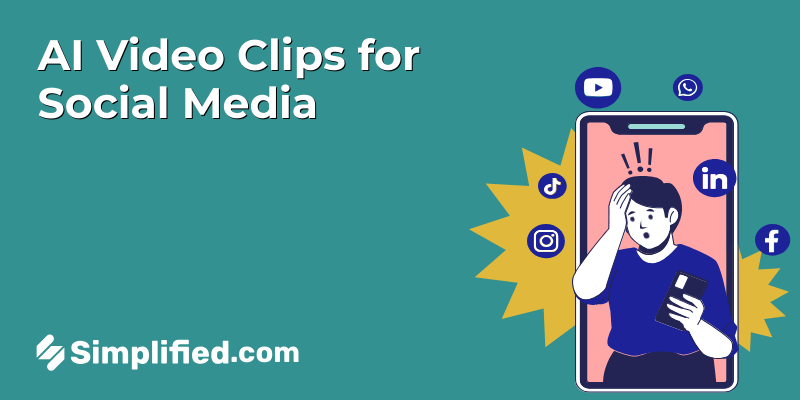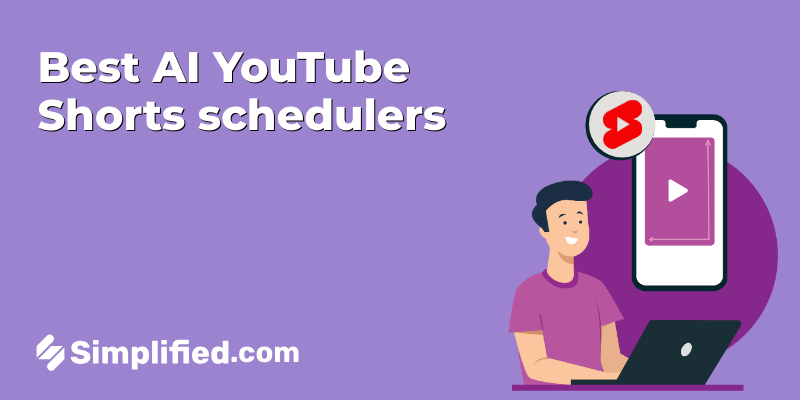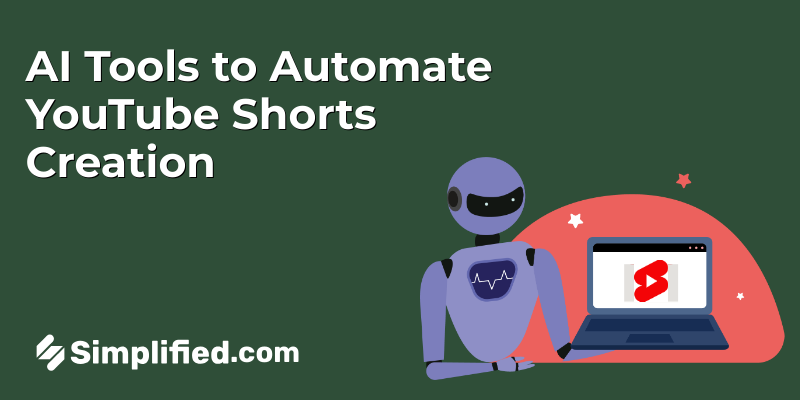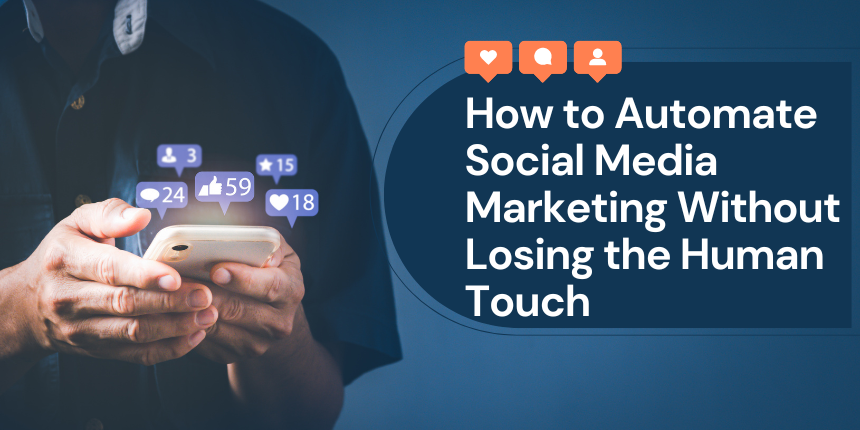
In today’s fast-paced digital world, social media marketing automation has become a necessity for businesses of all sizes. Automation tools help optimize processes, save time, and ensure consistent content delivery across multiple platforms. However, one major concern marketers face is the risk of losing the personal touch and authenticity that makes social media interaction so effective.
This blog will explore how you can successfully integrate automation into your social media strategy without losing the human element. We’ll discuss best practices for maintaining engagement, personalizing interactions, and keeping your brand voice genuine, all while using automation tools effectively.
Understanding the Role of Automation in Social Media
Social media automation refers to using tools and software to handle repetitive tasks such as posting content, scheduling updates, responding to comments, and analyzing performance. These tools allow marketers to save time and focus on more strategic activities while ensuring consistency in social media presence.
However, while automation is a powerful tool, its improper use can lead to robotic, generic interactions that feel inauthentic to your audience. Many users on social media platforms seek personal connection and engagement with brands. This is where the challenge lies: how can you automate your processes without sacrificing the human touch that drives engagement?
Why Maintaining the Human Touch Is Critical

The “human touch” is what sets brands apart on social media. People use social platforms to connect, share, and engage with others. When a brand interacts with them personally, it builds trust, fosters loyalty, and enhances the overall customer experience.
Automated responses and robotic content can quickly turn off your audience, making your brand feel distant and uncaring. While automation allows you to scale your social media efforts, the key is not to over-automate interactions where personal attention is needed.
For example, when a customer tweets about an issue or provides feedback, a personalized response rather than a canned, automated reply makes them feel valued. Striking this balance between automation and human interaction is crucial for building long-term relationships with your audience.
Bonus: Social Media for Artists: Top Platforms and Strategies to Choose
Best Practices for Humanizing Automated Social Media Marketing

Here are some best practices to help you maintain the human element in your social media marketing, even when using automation tools:
1. Use Personalization Where Possible
Most automation tools allow for some level of personalization. Instead of using generic greetings, make use of data to address users by their names in comments, emails, or direct messages.
Personalization can go beyond just names. Segment your audience based on behavior, interests, and preferences, and tailor your content accordingly.
2. Automate Repetitive Tasks, Not Engagement
Automation works best for tasks such as scheduling posts, curating content, and tracking analytics. However, engagement—such as responding to direct messages, comments, or reviews—should be handled by a human whenever possible.
Set alerts for high-priority engagement and respond to them manually. This ensures that customer interactions feel personal and timely.
3. Maintain a Consistent Brand Voice
Whether you’re automating posts or writing responses, maintaining a consistent brand voice is key to humanizing your content.
4. Leverage AI for Sentiment Analysis, Not Responses
AI tools can help analyze the sentiment behind user comments, reviews, and messages. This gives you valuable insights into how customers feel about your brand.
However, instead of letting AI respond to customer inquiries, use it to notify your team when personal attention is required.
Using Automation for Content Scheduling Without Sacrificing Authenticity

Automation is particularly helpful for content scheduling—one of the most time-consuming aspects of social media management. Scheduling tools like Buffer, Hootsuite, or Simplified allow you to plan and publish content across multiple platforms, ensuring consistency without the need for constant monitoring.
How to Maintain Authenticity in Automated Scheduling:
1. Plan Your Content with Flexibility in Mind
Schedule posts in advance, but leave room for spontaneous posts that reflect trending topics or real-time events. This gives your social media feed a more dynamic, authentic feel.
Respond to ongoing conversations and industry developments. Pre-scheduled content should be a complement, not a substitute for active engagement.
2. Focus on Quality, Not Quantity
It’s easy to fall into the trap of scheduling as much content as possible, but quantity without quality will diminish the authenticity of your feed.
Post less often but ensure each post adds value to your audience. Whether it’s educational, entertaining, or informative, make sure it resonates.
3. Include User-Generated Content (UGC)
Encourage your audience to create content about your brand and showcase this in your automated posts. UGC is an excellent way to keep your feed authentic while still benefiting from automation.
Featuring real customers’ experiences makes your brand feel more relatable and less commercialized.
Automating Responses While Keeping It Personal
Automated responses can be useful for acknowledging receipt of messages or letting customers know you’ll get back to them soon. However, fully automated conversations can feel robotic. Here’s how to strike the right balance:
1. Use Automated Responses Wisely
- For FAQs or simple questions (like opening hours, product availability), an automated response is appropriate. However, make it clear that a human will follow up for more complex inquiries.
- For instance, a message like, “Thanks for reaching out! We’ve received your message and will get back to you shortly,” is polite and sets expectations without over-promising.
2. Incorporate Customizable Chatbots
- Chatbots can be a great way to manage the initial interaction. However, design your chatbot flows to allow users to easily connect with a human if needed.
- Set up chatbots to ask personalized questions, and provide users with information based on their preferences.
3. Keep Track of Customer Interactions
Many automation tools allow you to track previous interactions with users. Use this data to personalize future responses, referencing past purchases, questions, or comments to make the customer feel heard and valued.
Bonus: AI-Powered Predictive Analytics: How to Enhance Your Digital Marketing Strategy
Analyzing the Success of Automated Social Media Efforts

Automation not only saves time but also provides valuable insights through data collection. You can track engagement rates, impressions, click-throughs, and conversions with automation tools. However, don’t stop at just analyzing the data—use it to refine your strategy and ensure your automated efforts remain effective and humanized.
Key Metrics to Track:
- Engagement Rate: Are users engaging with your content, or does it seem impersonal?
- Response Time: How quickly are you responding to messages or comments? Faster response times indicate better customer satisfaction.
- User Sentiment: Tools like Brandwatch and Hootsuite offer sentiment analysis. Monitor how users feel about your brand to see if automation is negatively affecting customer perception.
Use this data to adjust your content strategy, improving areas where automation may be causing a disconnect.
Conclusion
Social media automation is an essential tool for marketers looking to scale their efforts, but it’s important not to lose the personal touch that makes social media so effective. By carefully balancing automation with human interaction, you can enjoy the best of both worlds: efficiency and authentic engagement.
The key is to automate tasks that don’t require personalization (like scheduling posts and basic responses) while staying hands-on with customer interactions. Personalization, consistency in brand voice, and flexibility are critical to ensuring your social media efforts don’t feel robotic.
Remember, automation is a tool to enhance your strategy, not replace the personal connections that make social media a valuable marketing channel. By implementing the practices mentioned above, you can maintain the human touch in your social media marketing while reaping the benefits of automation.


